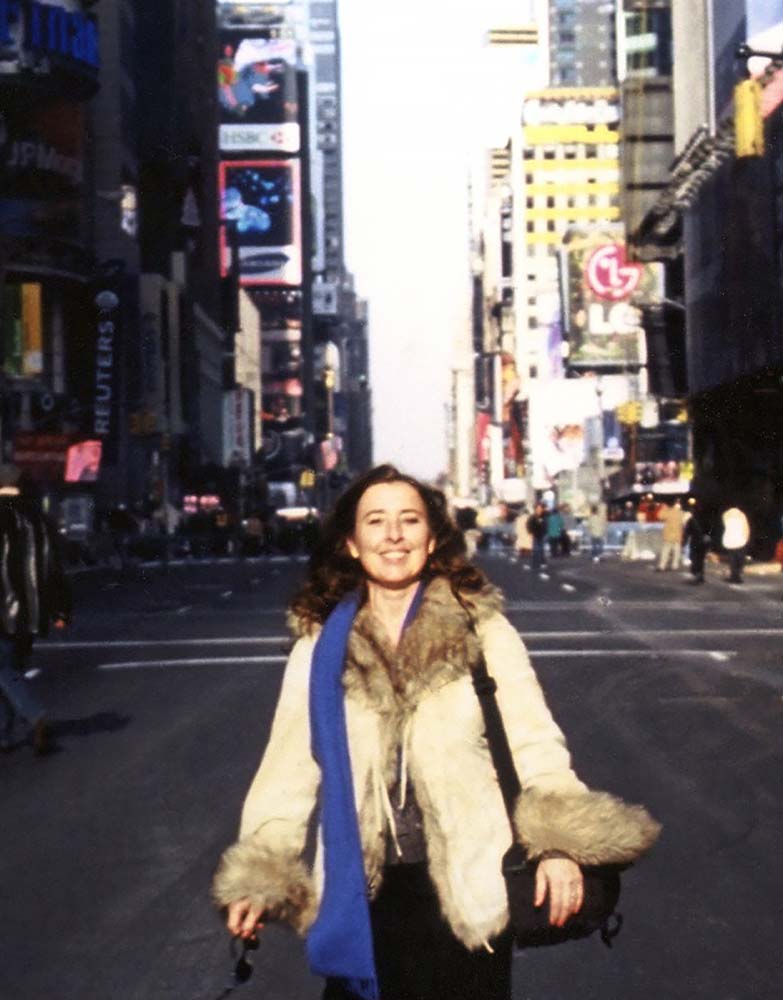I began photographing in order to understand what elements of a scene would render that scene worth painting, given the time and materials commitment painting demands. The voyage led to a desire to document that which will no longer be, like trying to remember a dream. I wanted to document the world as I actually viewed it, in all its irony, and to marvel at the actuality of it rather than to distort that reality. The veracity of film itself was a tool to me to reveal with integrity the extent of what is possible in the universe. With digital manipulation, who knows what is real anymore?
With film, I was proud of honing skills of recognizing an event before it happened, being quick and ready to snap it, and being astute enough to compose it in a way to tell the whole story in a single image. I had practiced these skills as a stills photographer on feature films, including my brother's classic hip hop film, "Breakin'," where the photographer is the only one on set not actually working on the movie but has to wrangle their way right next to the director at peak moments without disturbing anyone on crew, to convey the plot all in one image.
Other people skills came from years of shooting for NBC News Graphics, where I had to approach strangers on the street on a daily basis to shoot stock photos for their files. I compose with a Caravaggio sense of action and emotion in mind, and look for color schemes or black and white contrasts that symbolically represent the emotions manifested. Street photography has changed so much with the digital age and a camera in everyone's phone. While the documentation of fact may be lost, the fields of imagination may be found, opening new ground for discovery.
About Moment
Moment is a project of photographs taken over the last 40 years, in towns surrounding the birthplace of my grandparents, Ballintober and Strokestown, in County Roscommon, Ireland, as well as in cities and countryside. Moments represented are so casual and usual, that while they might go as unremarkable in their own time frame, when viewed through the lens of another era, their very everydayness shows how times have morphed into a more generic way of doing things.
The photographs bestow an ambience that would likely not be missed until it was no longer available: pubs and public places full of character and characters, from farmers in faraway hills of Connemara to foreign ministers in Dublin Castle, their body language and gestures bringing past into present focus. These, and landscapes taken before developments displaced haystacks, mesh an aesthetic appeal with an historical one to highlight how, though visuals might have changed, issues never have and might never. The photographs are about a moment in time, a thought that comes to mind, that blows through the consciousness like a dandelion wisp in a summer breeze. And in that simplicity and ephemeral delicacy lies the potency and deepness and timelessness. The frame and filter we view through brings new insight and reflection, giving nuance to what we view as truth and reality. - "Moment" © 2021 Laura Jean Zito All Rights Reserved
